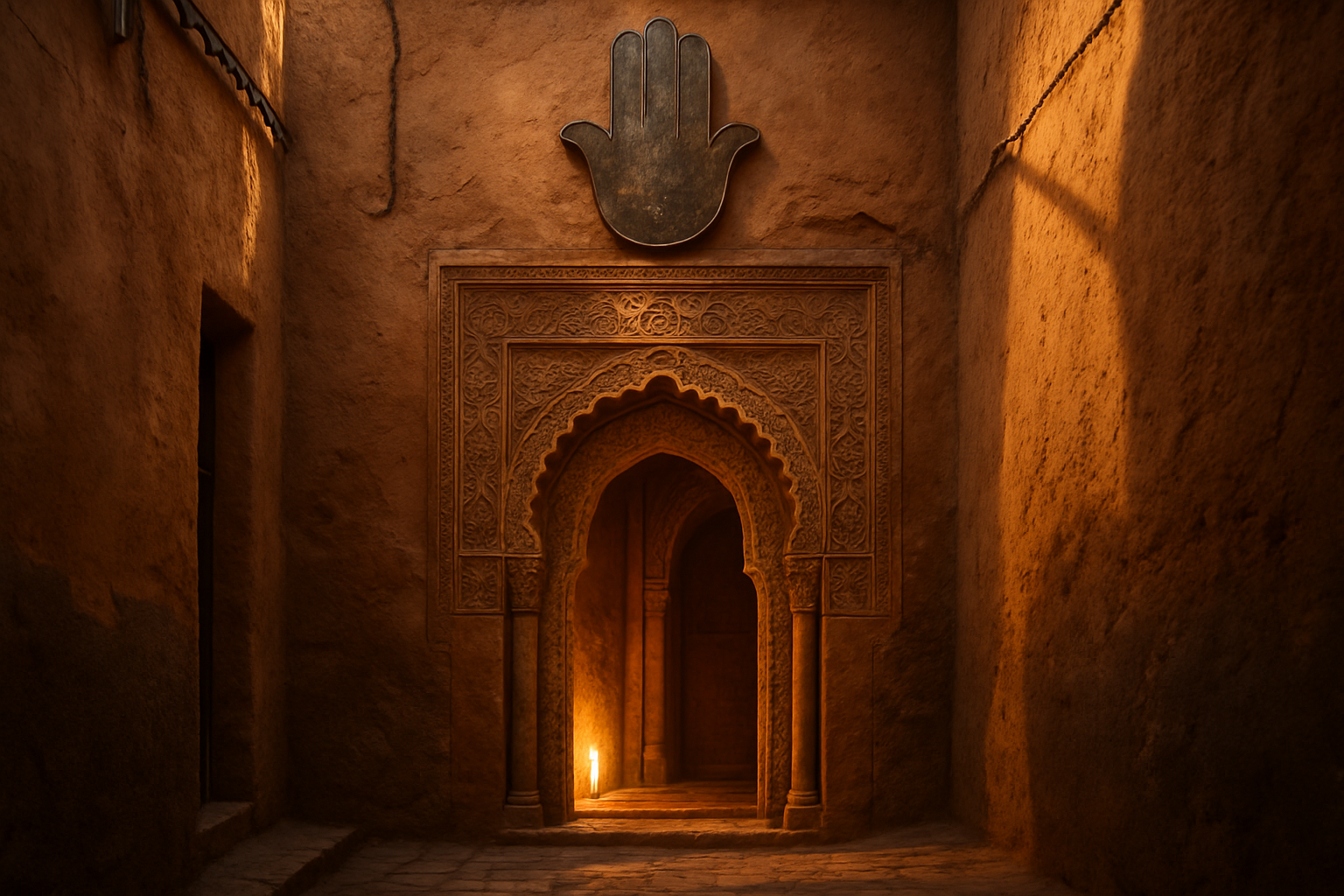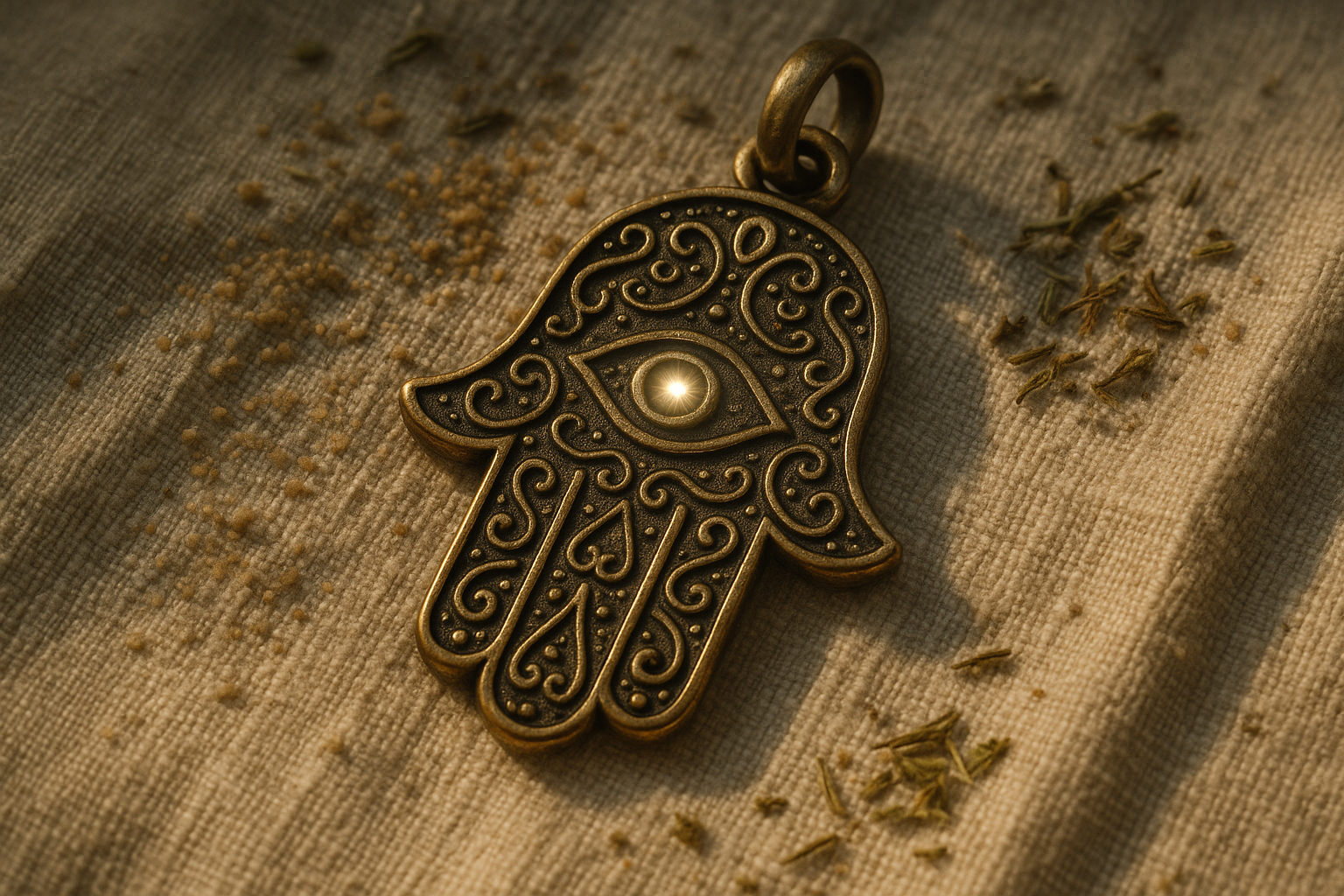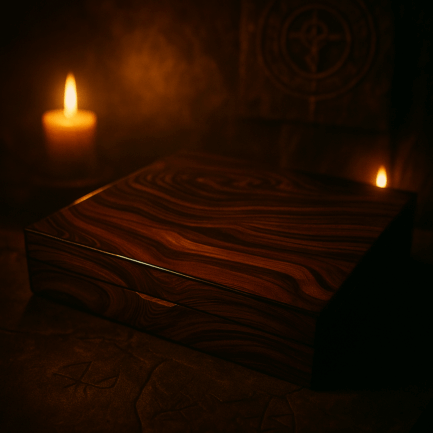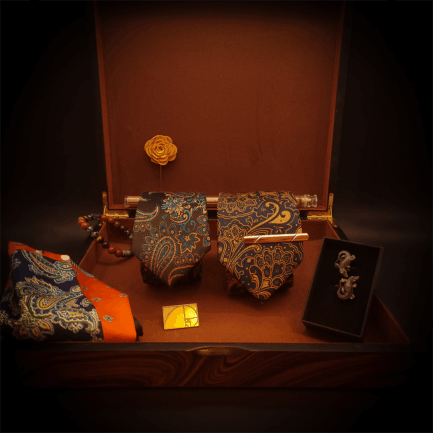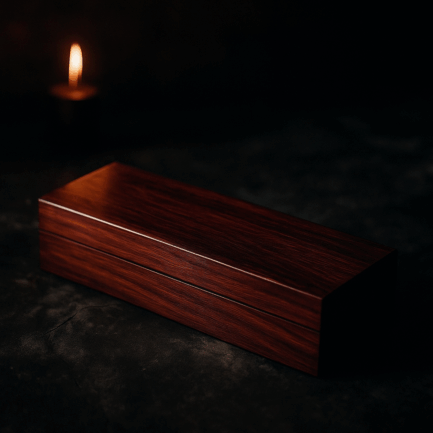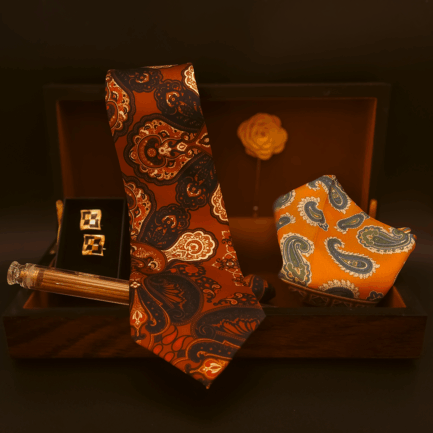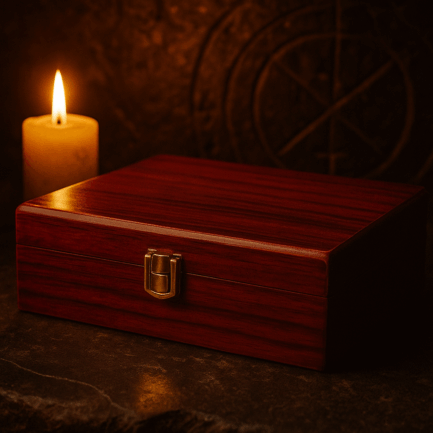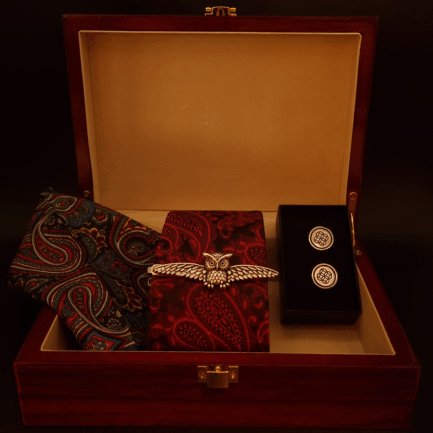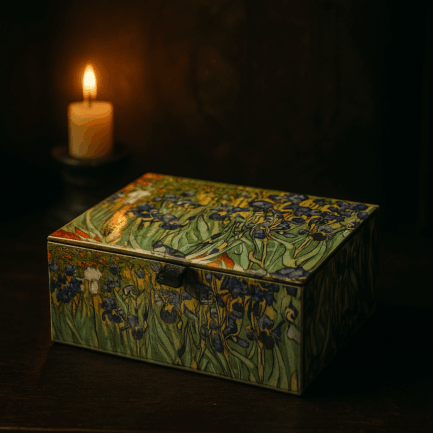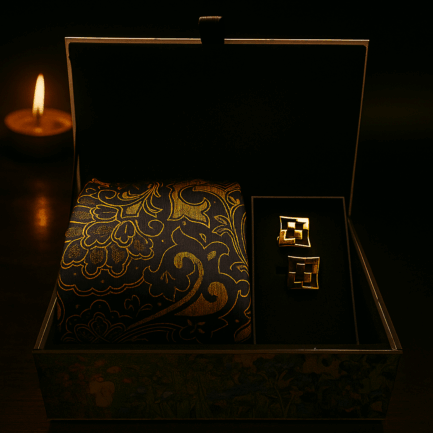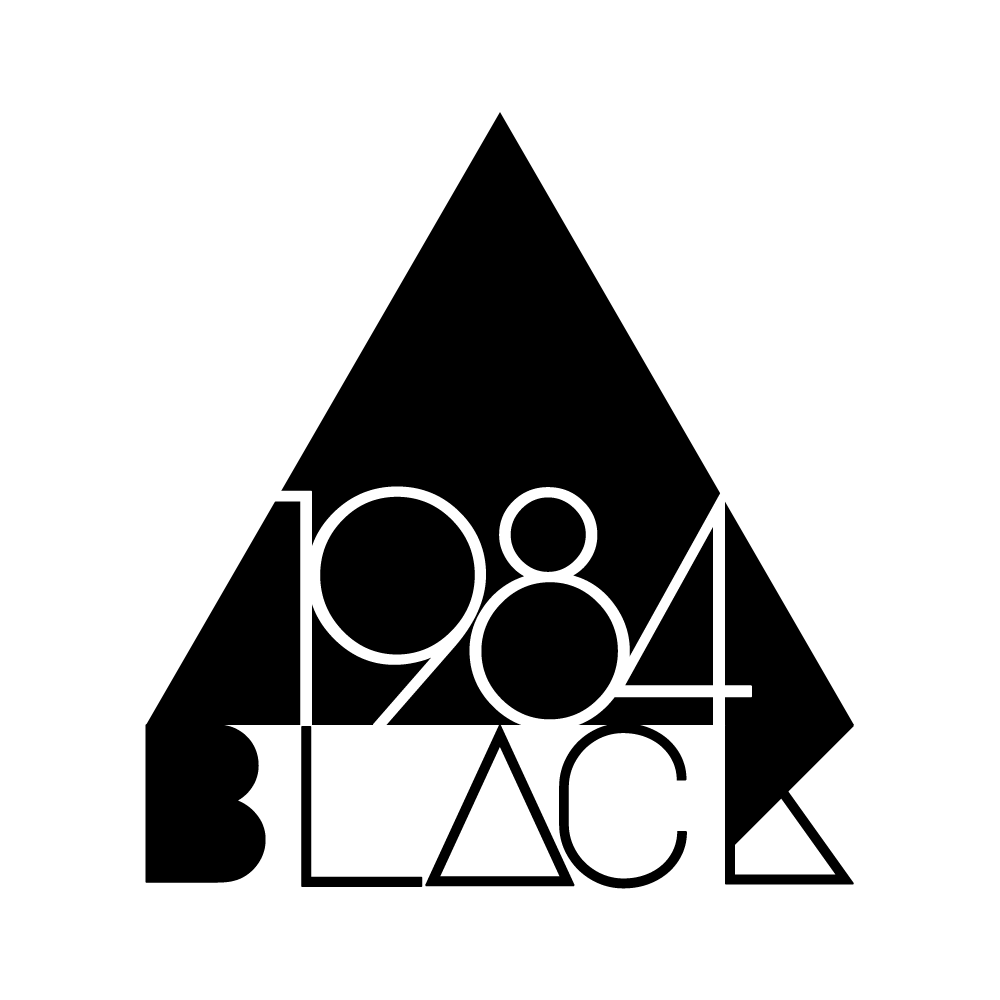Some symbols shout. Others whisper.
The Hamsa does neither; it watches.A hand, open and unwavering.
An eye, set where a palm should be.
Found in homes, around necks, pressed into thresholds or painted on tiles. It appears again and again across North Africa, the Middle East, and the Mediterranean.
You’ve seen it. You may even wear it.
But has anyone ever explained it?They rarely do.
The Open Hand
In Islamic, Jewish, and North African traditions, the Hamsa is a gesture frozen in time: five fingers extended, palm outward — not in violence, not in welcome, but in refusal. A barrier. A watchtower.
It is not a weapon.
It is not a fist.
It is the hand that does not hold.
Its origin is plural. Its function is clear: protection. From harm, from envy, from unseen forces that move through gossip and glance.
It stands at the door. Not to guard against who might enter — but what might follow them in.
The Eye That Sees
At the center of the Hamsa rests an eye — ancient, unblinking. This is no ornament. It sees the unsaid. It sees the glance that lingers too long. It sees intention before it becomes action.
In many homes, it faces outward. To meet the world. To catch the evil before it lands. In some traditions, it’s blue — the color of water, of life, of heaven. But the Hamsa doesn’t ask for attention. It is not a symbol of ego. It is a mirror for malice.
Its gaze does not accuse. It neutralizes.
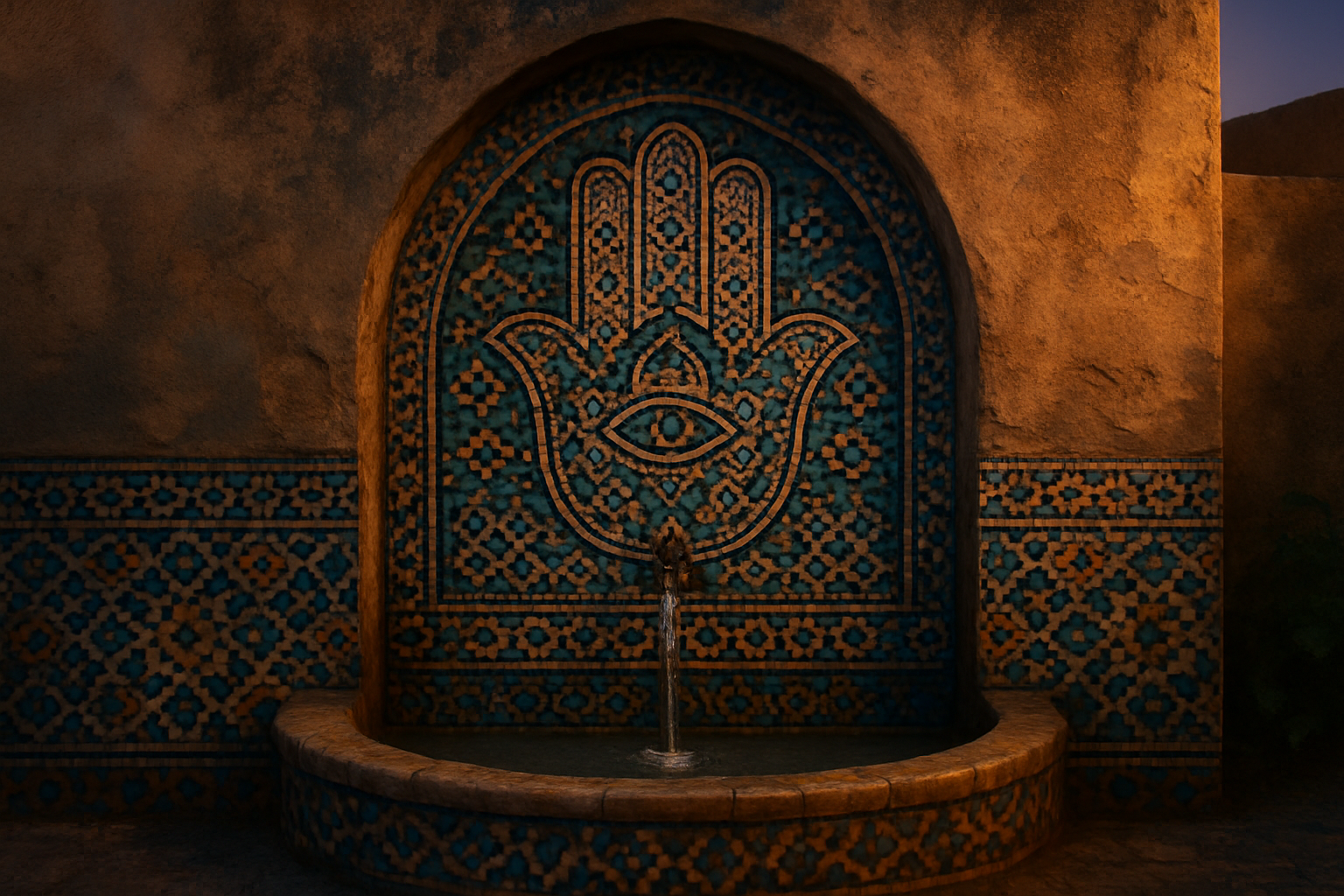
The Silence of Symbols
Unlike crosses or crescents, the Hamsa is rarely accompanied by scripture or doctrine. It does not command belief. It simply exists — embedded in walls, worn on chains, woven into fabric. It passes through hands without explanation. No one is asked to understand it. They are only asked to respect it.
That is its strength:
Its mystery is its shield.
It is passed down, given as a gift, hung over beds, etched above thresholds. When asked, people say “it’s for good luck” or “to ward off the evil eye.” But they say no more.
The Hamsa guards its own story.
Neither Holy Nor Hollow
In some homes, the Hamsa is sacred. In others, it’s decoration. Both are correct. It belongs to many and answers to none.
Its ambiguity gives it freedom — to adapt, to persist, to mean differently in different mouths. It is Islamic and Jewish. It is Berber and Arabic. It is Mediterranean and Middle Eastern. It is secular and spiritual. It resists categories. That is part of its protection.
To Wear the Hand
Wearing a Hamsa is not about faith. It is about signal. It says: I see the unseen. I know there is more in a room than furniture and light. I know what glances can do. I know what silence can mean.
The Hamsa does not hold a weapon. It does not grip a truth.
It simply stands — hand open, eye aware.
We hang it not to remember, but to remind.
Closing Reflection
Some symbols demand belief.
The Hamsa does not.It does not preach. It does not shout. It simply stays, at the edge of thresholds, the base of necks, the corners of rooms.
Watching.Not everything that protects must be understood.
Not every shield must be held.
Sometimes, protection is presence.So the hand remains open. The eye remains aware.
And the symbol, silent, shared, and secret, keeps doing what it has always done.It does not hold.
It holds off.
-
The Cartographer’s Ark, Large
€ 79,95 -
The Lineage Case, Medium
€ 49,95 -
The Ember Reliquary, Medium
€ 49,95 -
The Blooming Cipher, Small
€ 29,95

